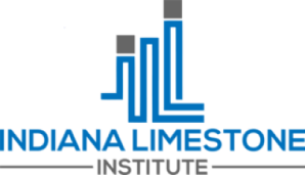Value Engineering
The ILIA’s member companies are often able to help bring in projects at or under budget through value engineering. Among the ways that they may be able to help are the following:
1. Raw Material Selection
Keeping in mind that all Indiana Limestone meets or exceeds the requirements set forth in ASTM C-568 for Type II Dimension Limestone, fabricators are often able to suggest a less expensive grade of stone (perhaps a bit coarser grain, etc.) that can bring down the overall cost of the project without impeding the design intent. In many instances it takes a trained eye to distinguish the difference between, say, a select grade and a standard grade Indiana Limestone. Color differential can play a part as well, as gray stone is typically less expensive than buff, and variegated is less expensive than gray. Our member limestone fabricators are generally willing to work with interested parties and to provide samples to help in the decision-making process.
2. Use of Effective Piece Sizes
Use of effective piece sizes: In some cases the utilization of false joints, which reduces the number of pieces that must be set and the number of mechanical attachments needed, can have a dramatic impact on erection costs — particularly in areas of the country where those costs are highest. Conversely, there may be instances where small pieces may be more desirable to allow more efficient job site production.
3. Duplication
The Indiana Limestone industry prides itself on its ability to custom cut stone to order. However, fabrication, engineering and drafting costs can often be reduced when piece sizes and shapes are duplicated.
4. Modeling and Equipment
Computer Solid Modeling and the use of CNC fabrication equipment also allow for cost reductions in some instances within the industry.
5. Material Investment
Note that some value engineering may result in a higher cost of material, yet reduce the costs to other trades, resulting in an overall savings to the owner. An example of this might be in number two above — larger-piece sizes may prove more expensive from a material standpoint but save money in the long run on the erection costs by reducing the number of lifts and the amount of time the erector spends setting the job.
Conclusion
These are a few of the ways that our member fabricators can help bring jobs in more economically while still producing a pleasing, well-received project of which all can be proud. Call (812-275-4426) or e-mail (todd@iliai.com or dave@iliai.com), and we’ll be happy to refer you to members who specialize in the type of project you are working on.
